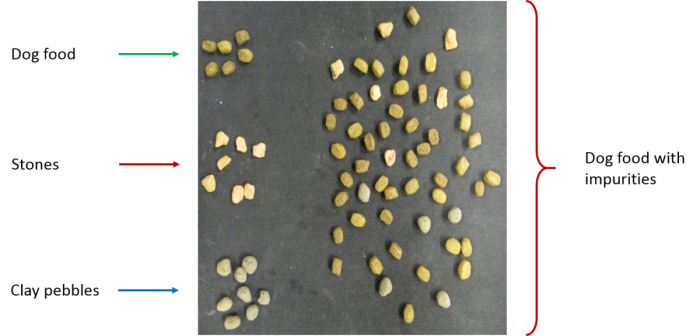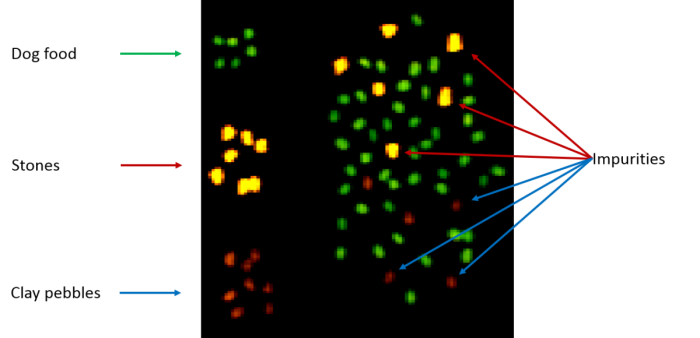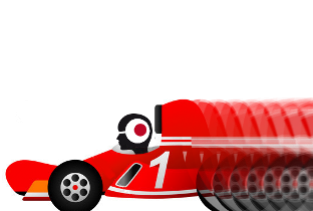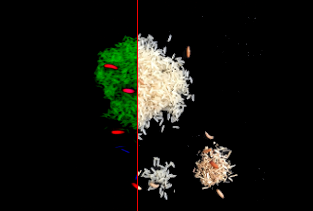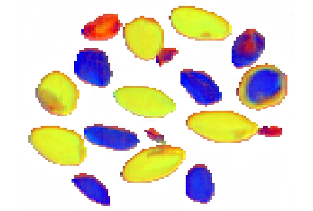Pet Food Monitoring
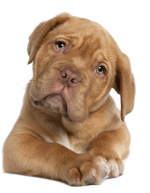 When talking about food sorting, we usually think of contaminants that could harm us. But what’s about the food of our beloved pets? Pets are mostly very expensive. Also their medical treatment can cost hundreds of Euros. But this is only the economic part. Who wants to tell a child that its dog died because there have been contaminants in the pet food? Who could blame a child when it then gets angry with the producer?
When talking about food sorting, we usually think of contaminants that could harm us. But what’s about the food of our beloved pets? Pets are mostly very expensive. Also their medical treatment can cost hundreds of Euros. But this is only the economic part. Who wants to tell a child that its dog died because there have been contaminants in the pet food? Who could blame a child when it then gets angry with the producer?
When talking about dog food recommendations strongly differs on what diet is best for dogs. But one thing is certain: contaminants are undesirable. Therefore we did some initial test on impurity detection in dried dog food.
The dried dog food pieces had a size between 5 and 10 mm. We mixed stones and clay pebbles of the same size and similar color with the food.
The scenery was scanned with a RedEye 1.7 hyperspectral camera of the German company inno-spec adapted with our machine vision bridge Perception System. Based on our unique Chemical Color Imaging (CCI) technology we were able to demonstrate that impurities, that are chemically different, can be detected. - Even if they are of similar shape and color as the dog food. The Perception System is well introduced for industrial sorting applications in food industries. Therefore the detection of impurities in pet food is possible too.
Market:
In the United States the pet food sales exceeded 20 billion USD. The top 7 producers coming from the US closely followed by two German companies. (http://www.petfoodindustry.com) Some of the leading exporters are France, USA and Netherlands while some of the largest importers are Japan, Germany and the UK.
2007 pet food recall:
In 2007 several major pet food companies recalled more than 5300 pet food products. The recalls came in response to reports of renal failure in pets consuming mostly wet pet foods made with wheat gluten. The first recalls were announced by “Menu Foods” late on Friday, 16 March 2007, for cat and dog food products in the United States. In the ensuing months, many additional recalls were announced by MenuFoods and other companies as the recall expanded throughout North America and to Europe and South Africa. The U.S. Food and Drug Administration has received reports of approximately 8500 animal deaths, including at least 1950 cats and 2200 dogs who have died after eating contaminated food. (http://edition.cnn.com/2007/US/04/06/pet.deaths/index.html) The economic impact on the pet food market has been extensive, with Menu Foods losing roughly $30 Million alone from the recall.

